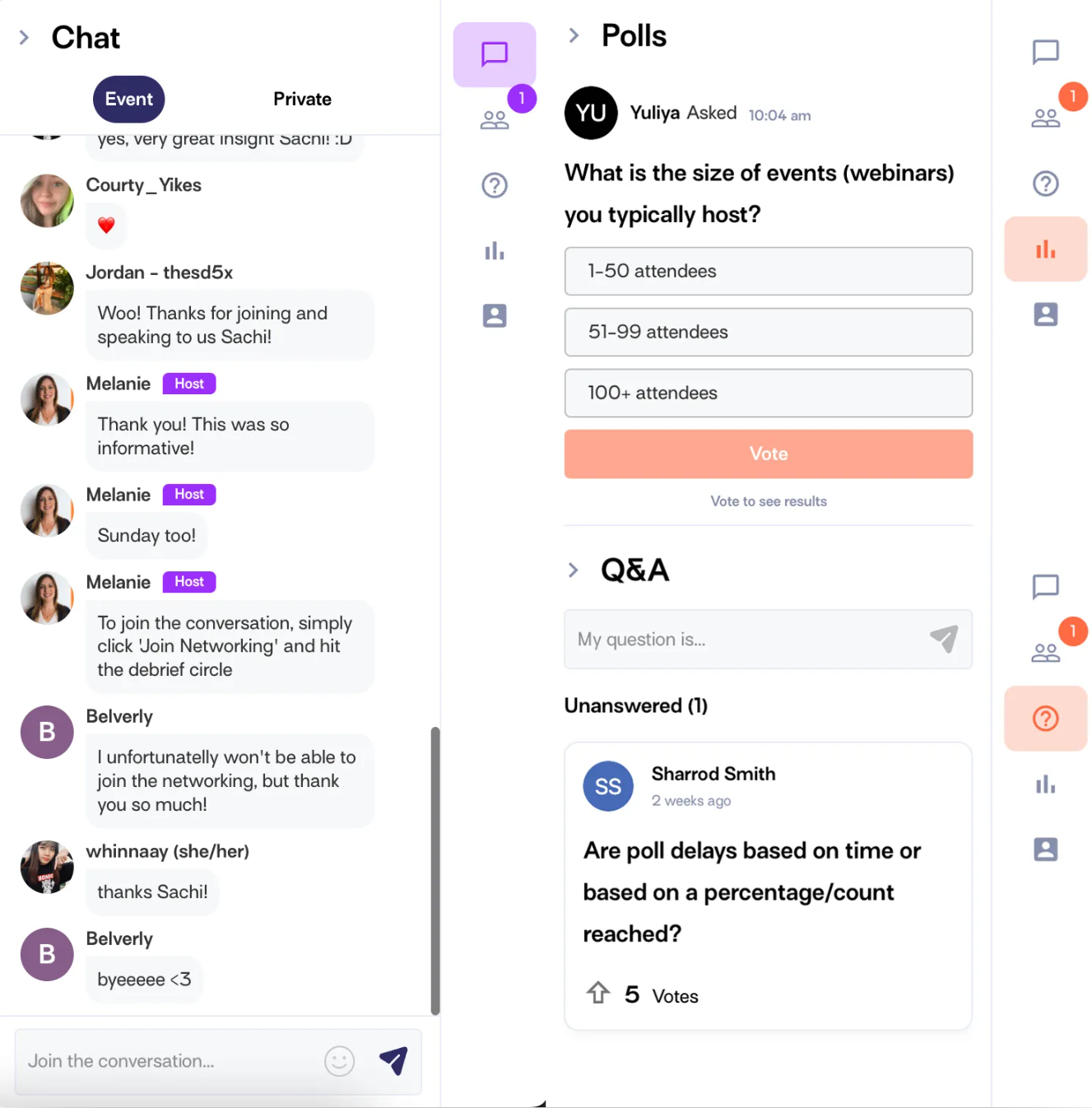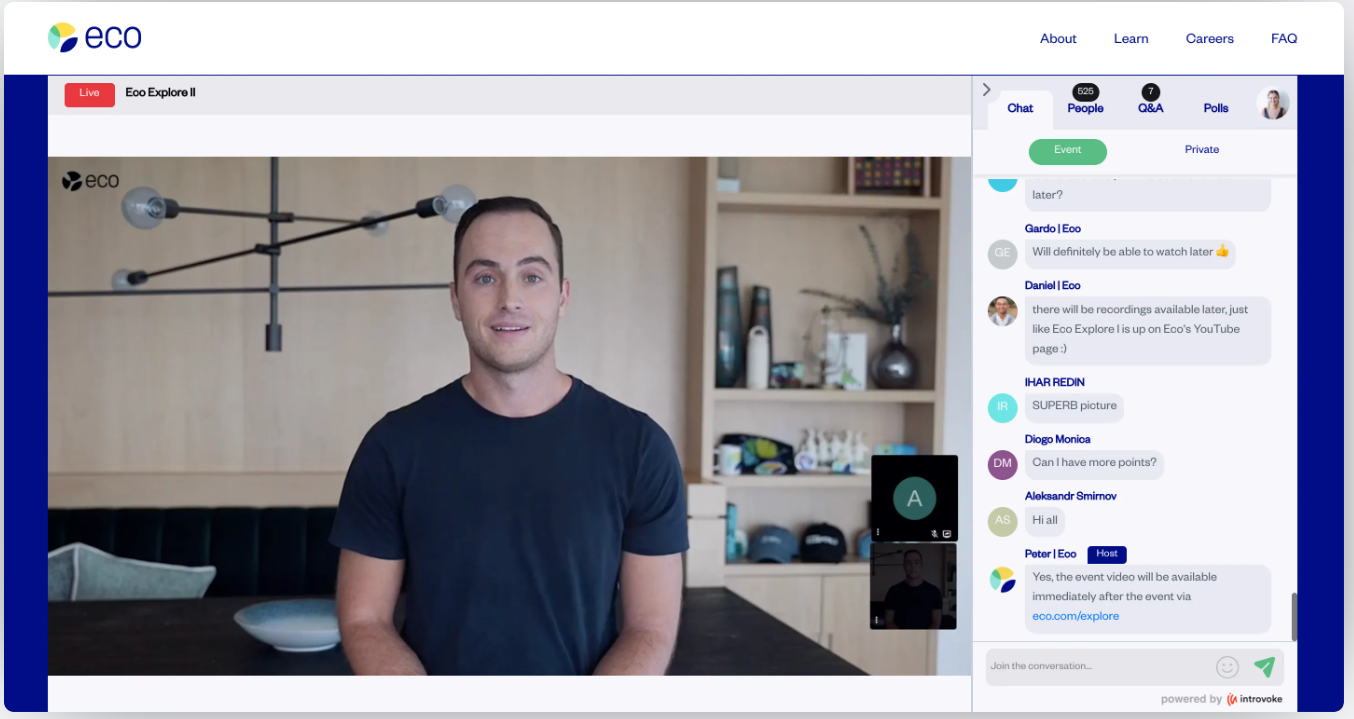A Developer’s Guide To Video APIs (With Use Cases)
With video functionality becoming necessary for product promotion and audience engagement, brands and developers often face a tricky question: whether to go for a video API or an off-the-shelf product?
A video API is an excellent choice for anyone who needs complete control and flexibility over their video application without the need to build it from scratch.
But what is a video API, and how can it benefit developers? Let’s find that out.
First, let’s understand the basics.
What is an API?
An API or Application Programming Interface is a methodology to interact with other software without needing any graphical user interface (UI). This means an API lets you access a service or system using a code. But the opportunities an API offers go way further than just app development. With an API, developers can save time, effort, and money and turn any tool into a customized product to better engage the end-users.
It enables developers to enjoy absolute control and flexibility while building apps. They can integrate external services and functionalities programmatically (rather than via a graphical user interface) and add more features to their software by capitalizing on other developers’ APIs.
Leveraging APIs allows programmers to simplify the development process and implement new functionalities without the need to build them from scratch.
What is a Video API?
A video API is an API that lets you create, process, store, and deliver video. In other words, a video API gives you the flexibility to integrate advanced video services into your application, software, or website. It could focus on just one or all the elements of video production and delivery. Some video APIS even offer insights into video analytics.
Developers can, thus, use these APIs to integrate video into their apps or websites without going through the complexity involved in uploading, encoding, hosting, and delivering video content.
In addition, these services can be used to develop and configure video content for various use cases – from live streaming to content management and analytics.
Why Use Video APIs?
Delivering frictionless end-user experiences by implementing videos can be challenging. However, video APIs do more than connect the dots between a tool and video integration. Here’s how they can help developers:
Create & Launch Tools Faster
Creating and launching applications or enhancing your website with video content can take years to complete. With video APIs, developers can easily eliminate the requirement to invest months in initial software development.
Using pre-builts like Sequel APIs’ audio, video, and chat components can speed up the process and offer unmatched customization to deliver TV-like experiences to the end users.
Take a look into Sequel’s pre-built chat featuring <50ms latency, emojis, Q&A, and polls here:

Get Access to Advanced Infrastructure
Video APIs like Sequel also offer access to advanced infrastructure. For instance, you can build a complete real-time video and audio platform leveraging Sequel’s 16 data centers, 99.99% uptime, automatic switching between p2p and SFU, individual optimized bandwidth management, SFU-based architecture with optimized UI and codecs to reduce CPU load, and more.
Experience Seamless Scalability
Developers usually have too much on their plate to invest time in scaling apps and platforms. Video APIS can make the scaling-up job easier rather than forcing developers to build everything from scratch and expand as demand booms. By preventing bandwidth bottlenecks, they make hosting live or on-demand videos a cinch.
For example, with Sequel’s flexible APIs, developers can build their virtual platform in a few minutes and scale it to support up to 2 million concurrent viewers.
Deliver Better Quality
Better user experience rests on the quality of video content. A solid API will not only deliver videos in the most optimal formats but also guarantee quality.
Sequel, for example, is optimized to display HD+ quality for real-time interaction and up to 4K quality for RTMP and pre-recorded content. Plus, using this tool, screen sharing quality can also be matched to any screen size – ensuring an excellent overall user experience.
Enjoy Enhanced Security
Video APIs also help mitigate security risks in sharing and storing sensitive information – assisting developers in building their apps and platforms confidently. From end-to-end data encryption to live stream encryption, enterprise SSO & intranet integration, there’s much to benefit from when choosing a reliable API.

Reduce Video Content Delivery Cost
By freeing up time and resources spent on building and scaling platforms, APIs can help reduce the overall costs associated with video content delivery.
Let’s say you use Sequel API to integrate pre-built features like greenroom and live stage management. With features like these, companies can eliminate the need for separate live stage management software.
This not only saves valuable time and resources but also helps realize a virtually unlimited ROI by delivering on-brand customer experiences like this one:

Types of Video APIs – Use Cases for Developers
Video APIs are a great way to build and scale video platforms. Based on video workflows, there are several video APIs developers can use. Here are a few of them worth learning about:
- Video Streaming
A video streaming API helps developers bring live streaming into the content delivery mix. Using such an API, companies can stream video content – pre-recorded or live – from any website, app, or content management system (CMS). From video encoding to storage, security, and delivery, a video streaming API can take care of it all.
- Video Player
Also known as client-side APIs, video player APIs operate on the client side. You can either embed videos on your website or build apps/tools with a video player widget to enable video playback. Using a video player API allows developers to control the user’s viewing experience completely. From customizing the size and look of the video window to enabling multiple format support, a lot can be done using this type of video API.
- Video Content Management
Have you ever used a content management system? Well, imagine cashing in on the benefits of a CMS through an API. This is what a video CMS API does. Developers can integrate various video content management capabilities of an online video platform into their software using this API.
For example, Sequel API helps turn live events into on-demand replays and customize them as well.
- Video Analytics
Analytics probably take a backseat when you think of all the bells and whistles you want from a video API. However, identifying KPIs and measuring performance is critical for brands relying on video content to build their audiences.
Sequel’s advanced analytics with custom reports, minute-by-minute tracking, and user engagement can help brands create compelling content experiences for their viewers.
Ready to Use Video APIs?
It’s official: Video APIs are a boon for developers. Today, website and app users are looking for experiences that go beyond the ordinary. That’s why creating stunning video experiences through APIs opens a world of opportunities for developers.
And with video APIs, developers don’t even have to kick off video app development from scratch – saving both time and money.
Remember, it is challenging to deliver engaging user experiences when thousands of brands are vying for their attention. You need the right video APIs stack to make your content stand out, and focus your time and resources where they matter.
Sequel’s flexible APIs can help ease this process and customize your video platform with branded components. So, if you’re looking for inspiration to get started with video APIs, book a personalized demo today.